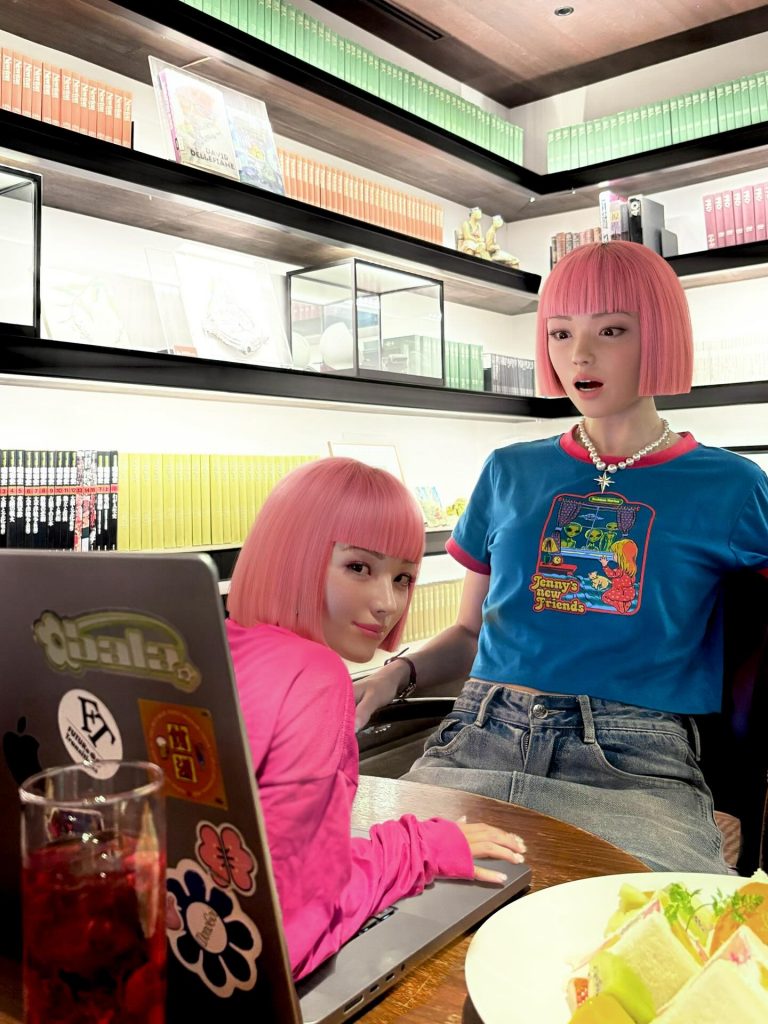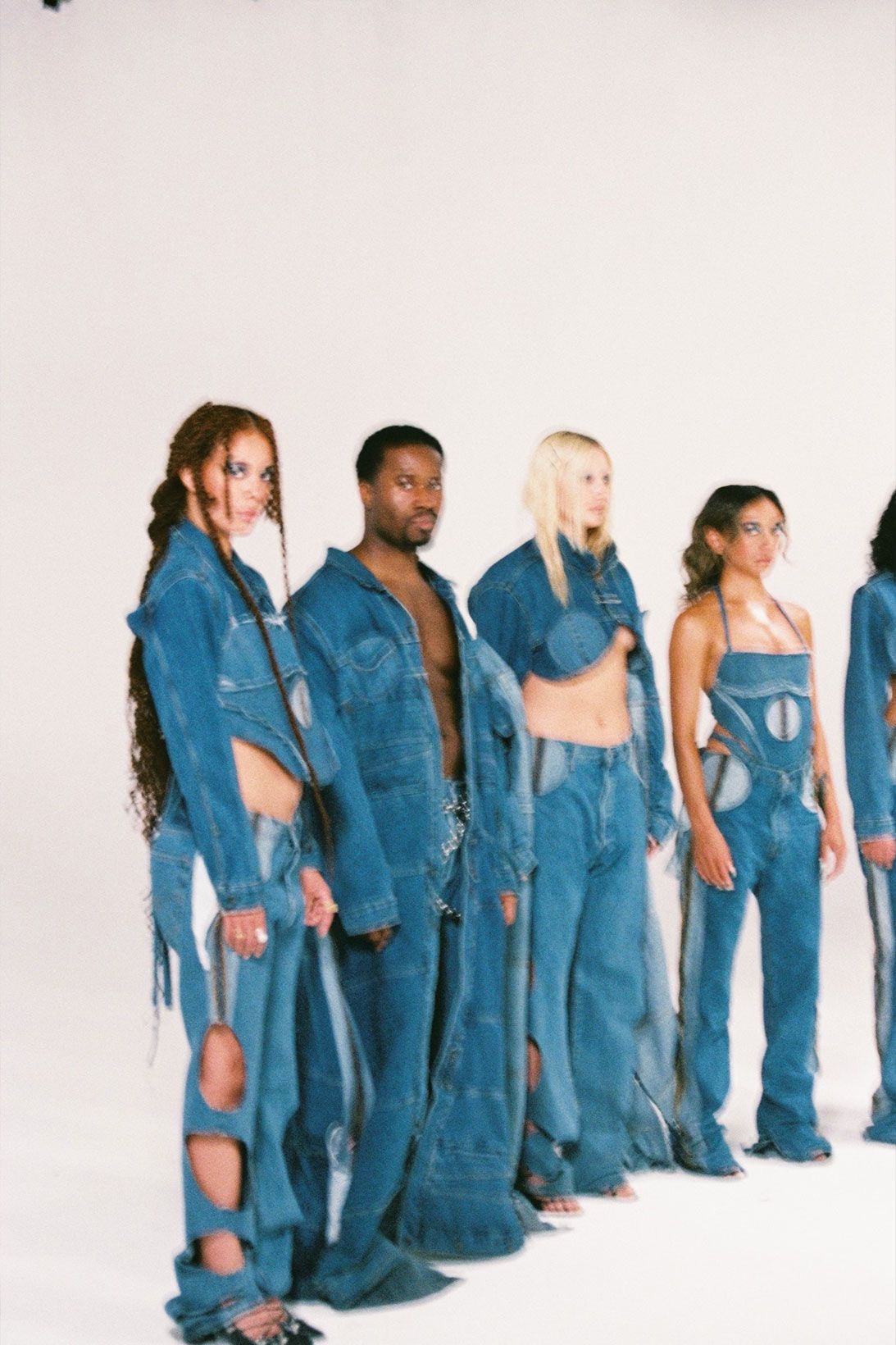When Brands Hire Pixels Instead of People: The Rise of AI Influencers


An actress who made her debut not more than a week ago has already caught the attention of talent agents and sent shockwaves through Hollywood. Created by the newly launched AI talent studio Xicoia, Tilly Norwood is part of a rapidly growing cohort of digital influencers who can front ad campaigns, appear in films, and even serve as brand ambassadors—all without ever stepping onto a set. For studios and marketers, these virtual figures offer a compelling mix of novelty, efficiency, and complete creative control. But Tilly’s arrival has also sparked controversy: the U.K. actors’ union Equity has condemned her as an “AI tool” cobbled together from performers’ work, while SAG-AFTRA insists that Tilly “is not an actor” due to her lack of real-life experience or emotion. Even actress Emily Blunt has voiced concern, describing Tilly as “really scary” and warning agencies, “Don’t do that.” As these AI talents rise, the industry finds itself wrestling with urgent questions about authenticity, fairness, and the shifting boundaries between the real and the artificial.
Digital Stars on the Payroll



AI models aren’t science fiction anymore; they’re already headlining campaigns. Prada has experimented with Lil Miquela, a famous virtual influencer with over a million Instagram followers. She has starred in runway‑adjacent content and styled herself in Prada outfits without ever setting foot in Milan. Meanwhile, Imma, a pink‑haired virtual influencer “living” in Harajuku, Japan, has teamed up with major luxury brands like Burberry and also serves as an official ambassador for the Osaka‑Kansai Expo. Levi’s announced it would test AI-generated models to create greater diversity in its e‑commerce imagery. Their logic was to offer shoppers a vision of clothes on a broader range of body types and appearances without relying solely on human photo shoots. The benefits are clear: AI figures can be styled infinitely, don’t require jet‑lagged travel schedules, and can be instantly localized to match different markets. For brands keen on efficiency and control, the virtual model is like a dream employee who never needs a coffee break.
Ethical and Legal Baggage
The excitement does not come without baggage. One issue is authenticity. If followers discover that a model they admired for her “relatable” posts was never real in the first place, the sense of trust in both the influencer and the brand can take a hit. There is also the question of representation. If companies lean too heavily on AI models built to idealized standards, it could reinforce narrow beauty norms rather than celebrate diversity. On the legal side, things get trickier. If an AI figure is trained on real faces, whose features are being borrowed? What happens if a virtual model looks uncomfortably close to an existing person? There is also the labor angle. Human models rely on contracts and protections built on decades of organizing, but AI models bypass those systems, which may erode opportunities for real people in the industry. Questions around data consent, intellectual property, and liability all swirl in the background.
Denmark’s Bold Step Against Deepfakes

Some governments are beginning to outline responses. Denmark recently proposed giving individuals copyright to their own features to counter the rise of deepfakes. In practical terms, that would mean if your face or voice were used by an AI system without permission, you would have clear legal grounds to demand removal or seek damages. This approach reframes your appearance not just as a part of your identity but as intellectual property, offering a stronger shield in a world where cloning someone digitally is increasingly easy and cheap. For brands, regulations like these could shift the economics. Working with AI avatars would come with responsibilities to prove that no real person’s features were borrowed without authorization. It might also mean that future virtual humans need licenses or digital “passports” confirming that their datasets respect copyright rules.
A Trend Too Real to Ignore
AI models in branding are more than a passing trend. They represent a mix of efficiency, creativity, and novelty that is hard for marketers to resist. But they also carry with them serious ethical and legal considerations that society is only beginning to address. Denmark’s stance signals a broader movement to protect personal identity in the digital sphere. For now, brands experimenting with AI humans should remember that while a virtual influencer may never age or cancel a shoot, the real people watching are quick to judge whether something feels authentic and responsible.